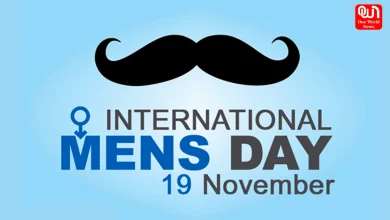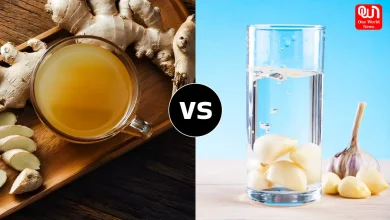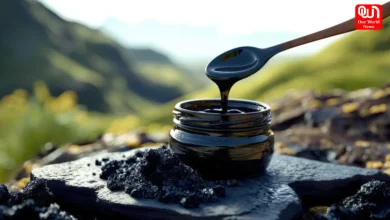How to use Menstrual Cup, a Guide for Beginners

How to use Menstrual Cup during periods?
Menstrual cups are made of thermoplastic elastomer, silicone, or latex, which are used to collect period blood from the vagina. It is inserted into the woman’s vagina during periods. Little is known about the menstrual cup right now. It is also used less but the menstrual cup is very useful for women and girls. These cups are easy to use, save you money, and are very healthy and nontoxic. Menstrual cups collect blood and not absorb it. They fit into the vagina and can be reused. However, tampons and sanitary pads
How to use a menstrual cup?
1. Read the instructions included with the Menstrual Cup. Read the pamphlets that came with the cup until you understand how to use the cup.
2. Wash your hands thoroughly before using the Menstrual Cup. The menstrual cup should also be boiled while using it for the first time. Never use soap on menstrual cups.
3. Those are the pelvic muscles, which you use to urinate. Practice loosening these muscles so that you can relax them as you put them in.
4. Find the opening of your vagina with your hand. Now push the cup in towards your pubic bone, not straight but at a 45 degree angle. The cup should be popped open. Keep pushing the cup until you feel comfortable.
5. Do not use any type of cream while using it. It can distort its shape, which can make you feel pain.
Read More: Self Affirmations you need for your New Job if you are Freaking out
How to choose a menstrual cup size?
Pay special attention to the size of the menstrual cup or menstrual cup because using the wrong size cup will cause discomfort and there will be a fear of leakage. These days cups of all sizes are easily available in the market. The size of the menstrual cup depends on many factors like your age, the length of the cervix, and bleeding during menstruation. Therefore, before using these cups for the first time, consult the nearest gynecologist to know the correct size.
According to the research which has been published in the Lancet Public Health Journal. In this 43 studies have been done in which 3300 rich and poor girls and women were included. It was found that most of the problems with the menstrual cup were that it is painful to use and difficult to remove. Along with this, there is also the problem of leakage and rubbing with the skin.
A menstrual cup costs from £15 (approximately Rs 1280) to £25 (approximately Rs 2134), which is a lot more than a box of tampons. However, unlike tampons and sanitary pads, menstrual cups can be used over and over again and can last up to 10 years. Apart from this, it is also considered a better option from an environmental point of view. We have talked to women who use the Menstrual Cup
Apoorva Shukla who is a Journalist by profession told Oneworldnews that she switched to Menstrual cups due to rashes caused by sanitary napkins and fear of leakages because she travels daily for work. She said the first three months were difficult as the cup needed proper sterilization, proper cleaning but slowly she got used to it. She also said Menstrual Cups are eco friendly and safe. Another woman talked to Oneworldnews about her experience. Shambhavi, a law student, told Oneworldnews that this product is very handy and useful.
How long does it take to wear a menstrual cup?
Menstrual cups do not absorb blood like sanitary napkins, which reduces the risk of any kind of infection. You can wear them for 9-10 hours even if there is heavy bleeding and if the bleeding is normal then you can keep these cups for 12 hours also. If the size of the cup is small and it is filling up quickly, then it is better to take it out every four to five hours and wash it well and then put it again.
How to clean a menstrual cup?
You can use the same cup several times during a period by washing it with warm water but do not forget to sterilize them after the period is over or before using it in the next period.
Infections can be reduced by the use of menstrual cups. Especially in places where there is a problem of water and toilets.
Have a news story, an interesting write-up, or simply a suggestion? Write to us at info@oneworldnews.com







